Weather:
- Ha Noi 25oC
- Da Nang 30oC
- Ho Chi Minh 30oC
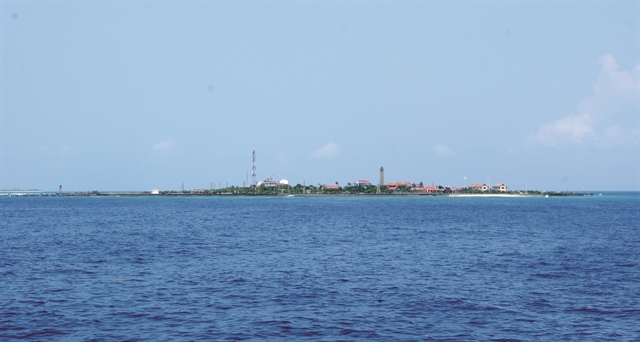
by Nguyễn Mỹ Hà
It was a day off for teachers and students at the primary school on Song Tử Tây Island (internationally known as Southwest Cay) in the Trường Sa (Spratly) archipelago. The blue painted two-storey school building houses only two teachers and about two dozen students.
In his office, teacher Nguyễn Bá Ngọc displays several of the island's white pebbles on which he writes black ink calligraphy in his spare time.
Ngọc, now 30, wrote a letter volunteering to go and work on the island back in 2018 after he graduated from the Hà Nội Teachers College. He has been teaching two classes at the school.
"I was very lucky and honoured to get this teaching job," Ngọc tells Việt Nam News.
Having been teaching on the island for four and a half years, he's close to finishing his first five-year stint.
"I will stay on if no new teacher comes. But I would like to tell other graduates of teachers' training college across the country to come out here to Trường Sa, it will be an experience you won't regret," he says.
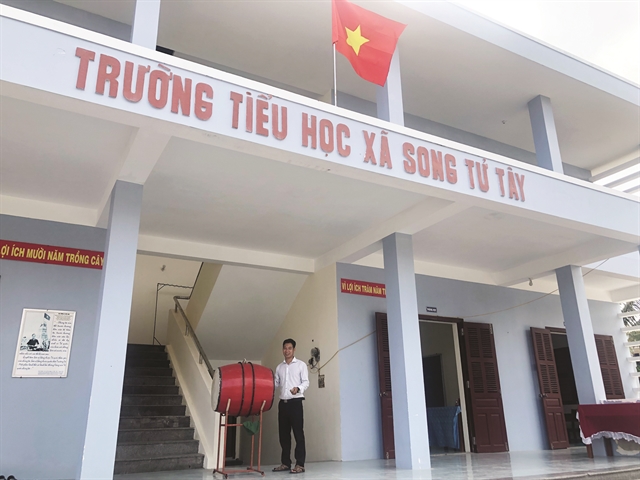
Two teachers are responsible for two classes at this school. One class has about a dozen pupils ranging from grade 1, 2 and 3, while the other has children in grade 4 and 5.
Smaller children learn to read and write, bigger ones learn maths and Vietnamese language. They do not learn English, a required subject by the Ministry of Education and Training from grade 2, as there are no trained teachers for the subject.
The school is close to the children's houses, so they all just walk to school. The teachers and parents know each other well. For children under 10, this is an ideal school with no motorbike exhaust fumes, no peer pressure, and no influential parents trying to buy children special treatment. There are no extra classes, nor too many electronic devices. There's no bullying or cyberbullying. The school, teachers and students enjoy a fresh environment, abundant in sunshine and sea breezes.
But there is a lack of electricity, and the storm season can be devastating. The super tropical storm Rai in 2021 knocked down old trees on the island. Rai was a powerful and rare type of typhoon that comes only once every 50 years and leaves devastating consequences.
Nearly two years have passed and today, small and new sea-water resistant trees have been planted, but it'll take years for them to grow and provide shade.
Every day, Ngọc teaches two shifts of mixed classes. When some children learn new words or skills, others just revise old exercises. When city teachers would have to be busy getting students in crowded classrooms to pay attention, Ngọc has to balance different levels and skills of students.
"This year is my fifth, I'll be leaving the island for home to join my wife and child soon," he says.
During his leisure time, Ngọc picks seashells and designs what he calls 'Flowers of the Sea', or writes calligraphy on the island's signature white stones, which he gives away as gifts to visitors.
"Here there's no market on the island, so we have to plant our own vegetables. I also learned calligraphy when I was home as a child, and now it's become my favourite pastime," Ngọc says.
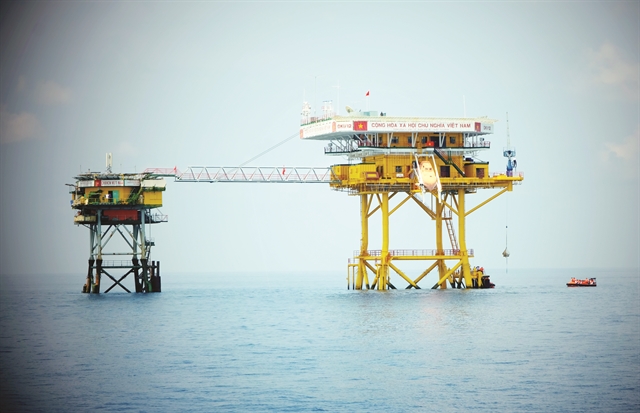
Building lives, sharing loves
Every year, the third lunar month has always been a remembrance month, when families visit their ancestors graves, planting small flowers, lighting incense and offering a meal.
In April, everyone in Trường Sa pays tribute to the 64 Vietnamese fallen soldiers who failed in a fierce battle on March 14, 1988 to protect Gạc Ma (Johnson South Reef) against China's naval forces' invasion.
This April has two national holidays that fall together for a long weekend. The commemoration of Hùng Kings, the legendary founding fathers of the nation, coincides with National Reunification Day and May Day.
In the last campaign to unite Việt Nam as one country in 1975, the Vietnamese army seized control of the Spratlys from the Sài Gòn administration.
General Võ Nguyên Giáp wrote in his memoir that the Spratly archipelago played a very vital role not only in the marine routes in the East Sea, but also as strategic guarding positions for Việt Nam.
The North Việt Nam army liberated Song Tử Tây Island on April 14th, Sơn Ca Island (Sand Cay) on the 25th, then Nam Yết (Namyit) Island on the 27th, Sinh Tồn (Sin Cowe) Island on the 28th and the Great Trường Sa Island on the 29th, one day ahead of the liberation of Sài Gòn on April 30, 1975, putting the end to the long war that separated the north and south of the country.
Back then, it took them a little more than two weeks to move from island to island and re-confirm Việt Nam's sovereignty and territorial integrity over the Spratlys in the East Sea.
This month, I took a marine voyage revisiting some of the islands in peace time, and was fortunate enough to see a school of dolphins swimming in front of our ship.
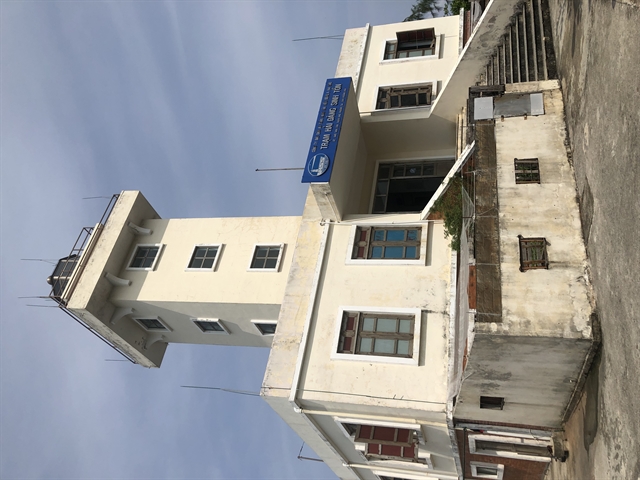
Song Tử Tây, Sinh Tồn and Great Trường Sa islands have become much greener havens among the waves. Strong seawater-resistant trees have been planted on the islands, green vegetables are precious, yet grown scattered on the islands. Fresh meat and poultry get transported by ship to the lands on a monthly basis.
But some hardships on the islands never change: the sunshine, the tropical storms and strong wind are always abundant. They have been the prime source for generating energy on the islands: solar panels and wind turbines have been mobilised to provide electricity for lighting.
"We moved here from Khánh Hòa Province," says Nguyễn thị Xuân Hồng, 33, a mother of two on Song Tử Tây island.
"Life is tranquil here. Sometimes we have an electricity cut, and tap water limited. Our extended family also lives on another island off Khánh Hòa coast, so I went to live with them when I was six-month pregnant and gave birth to our second child. When he was three months old, we both moved here to settle down to work."
Like her neighbours, they plant their own vegetables. As long as the children are small and go to primary school, the family can still stay on the island. But when they go to secondary school, they will have to consider moving or sending their child to a new community that's bigger.
Hanoians on far flung islands
The Trường Sa Island District has three smaller administrative units: Trường Sa Town, Sinh Tồn and Song Tử Tây islands. They have a primary school, a medical centre and a lighthouse, where fishing vessels take refuge during storms, get oil and drinking water, and call help in an emergency.
The medical centre in Trường Sa Town has two doctors and at the time we visited was treating some patients -- fishermen from surrounding areas.
When we meet people on the islands, "Where are you from?" is always our first question. We get answers from everywhere in Việt Nam from the northern mountains to the coastal centre, to the Mekong Delta and deep southern districts of Cà Mau. The first time we hear, "We are from Hà Nội," is from the doctors working at the medical centre.
"We have been functioning as a second-level field hospital here," says Lã văn Tuấn, Chief doctor at the centre.
"We are an extended field Medical Centre of Military Hospital 175 in Hồ Chí Minh City. We do medical consultation when we need, and can call for a medical helicopter emergency if the condition becomes life-threatening. We had two helicopter emergencies in 2022."
He then turns to a patient who has been taken to the centre unconscious after nearly drowning. Three days have passed, and he is recovering well and will soon be discharged.
"Our assignment lasts for a year, and working with limited resources on the islands is a challenge we all have to overcome," the other doctor Kiều Công Dân says.
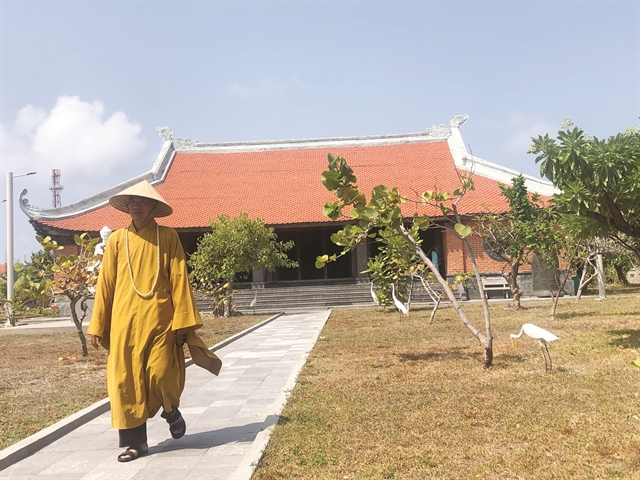
Life on the islands is full of challenges. While it lacks some creature comforts, such as the internet, the environment is clean, fresh and full of sunlight. A handful of people volunteer to go to these far-flung islands of the country and build their lives, and to keep the nation's sovereignty intact. VNS

